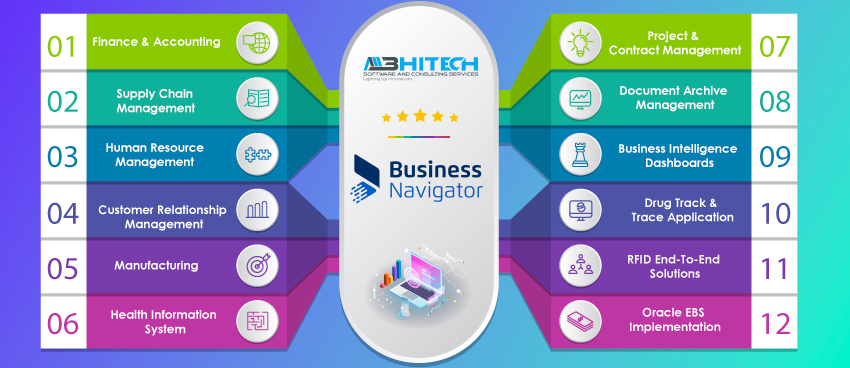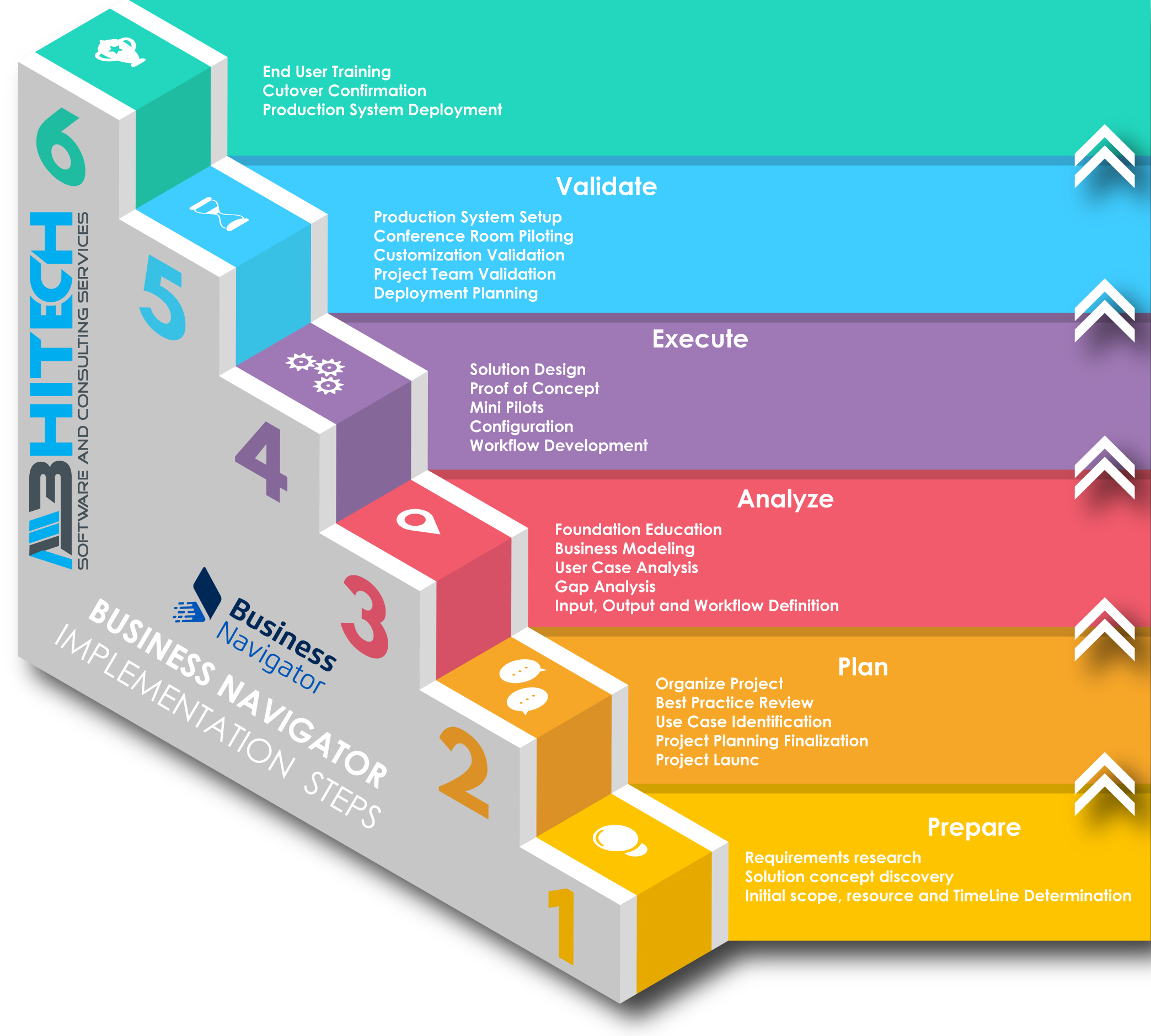Cloud Business Navigator ERP
Enterprise Resource Planning
Empower Your Business with Cloud Business Navigator ERP Solutions
Smarter ERP. Greater Control. Scalable Growth.
Cloud Business Navigator ERP Solutions is designed to empower small and mid-sized companies with robust tools to manage every aspect of their business efficiently—from finance and inventory to HR, sales, and operations. Built with scalability and affordability in mind, it gives you enterprise-grade capabilities without the high cost.
Why Choose Business Navigator ERP?
- Affordable Yet Powerful
Enjoy the capabilities of high-end ERP systems without breaking your budget. Business Navigator delivers enterprise-level performance at a price tailored for growing businesses. - Seamless Microsoft Office Integration
Save time and increase productivity. With built-in integration with Microsoft Office tools (Excel, Outlook, Word), your team can work smarter without switching between platforms. - Cloud-Based for Flexibility
Access your data anytime, anywhere. Our secure cloud infrastructure ensures real-time access and collaboration across locations—perfect for remote teams and multi-branch businesses. - Modular & Customizable
Only pay for what you need. Whether you need finance, inventory, HR, CRM, or production management—we offer flexible modules that grow with your business.
Business Navigator Modules

Business Navigator ERP Implementation Roadmap
Business Navigator ERP Implementation follows a structured, proven roadmap designed to ensure smooth deployment and lasting success. From initial planning and process analysis to execution, validation, end-user training, and go-live support, each phase is carefully managed to align with your business goals. Our approach minimizes risk, enhances user adoption, and delivers a fully optimized ERP solution tailored to your operational needs.
A structured, phase-driven approach to ensure successful deployment and adoption:

1. Prepare
Define scope, stakeholders, and project governance
Assess current processes and gather high-level requirements
Build a cross-functional implementation team
2. Plan
Establish detailed project plan, timelines, and milestones
Define risk mitigation strategies
Finalize resource allocation and communication plans
3. Analyze
Conduct gap analysis between current workflows and Business Navigator capabilities
Document detailed business requirements
Develop functional design and system configuration blueprint
4. Execute
System configuration and development (customization if required)
Data migration planning and execution
Integration with third-party systems (if applicable)
5. Validate
Conduct thorough unit, integration, and user acceptance testing (UAT)
Address defects and enhancements
Perform quality and performance validation
6. End User Training
Develop training materials tailored to user roles
Deliver hands-on workshops and train-the-trainer sessions
Prepare users for go-live readiness
7. Cutover & Go-Live
Finalize cutover strategy and execution plan
Migrate final data and switch to the production environment
Monitor initial transactions and ensure continuity
8. Production Support & Stabilization
Provide hypercare support post-go-live
Resolve incidents and monitor system performance
Conduct post-implementation review and optimization planning
Health Navigator HIS is created to ensure the effectiveness of medical facilities at all stages. Accordingly, the functionality of such systems should cover a wide range of tasks. Let’s look at the main features you will need to build a hospital information system:
ARE YOU LOOKING FOR ERP
Request A Personalized Demo
Schedule your company strategy session right now!
